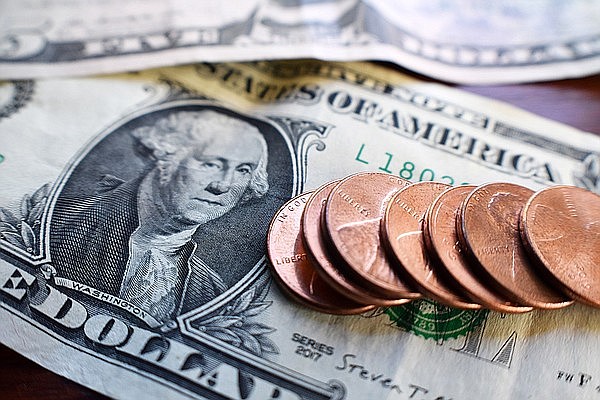While the maximum loan amount for PPP funding was reduced from $10 million to $2 million, it may be much easier for small businesses to apply for aid packages up to $150,000.
COVID-19 FINANCIAL RELIEF
Businesses Chart Next Steps After Congress Approves Stimulus Bill
After months of wrangling, Congress passed a $900 billion COVID-19-relief stimulus bill on Dec. 21, and President Trump signed it into law on Dec. 27. The stimulus plan includes $600 checks to be sent to individuals earning less than $75,000 annually and a second round of Payment Protection Plan funds for small businesses.
Jack Kleinhenz, chief economist for the National Retail Federation trade group, said that the stimulus would have a significant impact on the economy. “We expect retail-sales spending to see a boost from the new round of stimulus,” Kleinhenz said in comments released on Jan. 4. “Consumers responded quickly to last spring’s stimulus checks, and distribution of the new checks will come at a critical time that will help carry 2020’s momentum into 2021.”
However, he cautioned against thinking that the economy was out of trouble. “The coming year might be just as eventful, as the economic recovery faces many uncertainties. Recoveries do not proceed in a straight line, and the prospects for volatility over the next few months are high. Nonetheless, just like the old Timex-watch commercials, the economy takes a licking but keeps on ticking,” Kleinhenz said.
In his comments, Kleinhenz also noted that the stimulus was well timed. The first quarter of the year is typically weak for the economy, with or without a pandemic. Stimulus funds and the possibility of wide distribution of COVID-19 vaccines could help put the economy on the road to recovery.
Kleinhenz’s comments were made in the January issue of the NRF’s Monthly Economic Review,which anticipated that consumers would likely continue a 2020 trend of spending on big-ticket, home-related items such as appliances and furniture.
The $600 checks to individuals will be released before the second round of PPP loans, said Tom Waldman, a shareholder for Stradling Yocca Carlson & Rauth, a law firm headquartered in Newport Beach, Calif. Waldman anticipated new guidance on the bill would be released in the next two to four weeks. “We’re in a wait-and-see mode to see how round two of the PPP loans will be implemented and when loans will be funded,” Waldman said.
He also anticipated that a greater number of banks would participate than did in round one. Businesses interested in applying for funds can contact larger banks as well as local banks and banks in low-income neighborhoods. Businesses in low-income neighborhoods can receive a target allocation.
Rules have changed for PPP funding. The maximum loan amount was reduced from $10 million to $2 million, but it may be much easier for small businesses to apply for aid packages up to $150,000.
Retail trade groups cheered the stimulus as a lifeline for many businesses but not without some reservations.
Steve Lamar, president and CEO of the American Apparel & Footwear Association,said in December, “COVID-19 has wreaked havoc on our world and created an economic crisis unlike any previous. While this new bill provides essential aid, it is only a down payment on what the American economy needs to make it to the other side. The job is not done, and more work will be needed in 2021.”
Michael Hanson, senior executive vice president of public affairs for the Retail Industry Leaders Association, also in December called the bill an important first step to economic recovery. Hanson noted that retailers are part of the campaign to keep consumers safe. “We encourage all Americans to join us in continuing common-sense practices to keep themselves and others safe—wear a mask in public spaces and stores, practice responsible distancing and avoid large crowds; practice good hygiene at all times,” he said.
The AAFA has served as a member of theCOVID Relief Now coalition, a campaign sponsored by 300 public- and private-sector groups. It recently released a member survey that predicted severe outcomes for businesses and local governments if federal relief was not issued. Without aid, the survey found that 95 percent of private-sector respondents said that their businesses would face serious challenges or were worried that there was a distinct possibility that their businesses would have to shutter their doors.
Congress also recently clarified tax questions coming from the first round of PPP funding. New legislation establishes that funds from the first PPP round in 2020 were not taxable income; therefore, many businesses will be able to count on some tax relief in 2021, Waldman said.






















